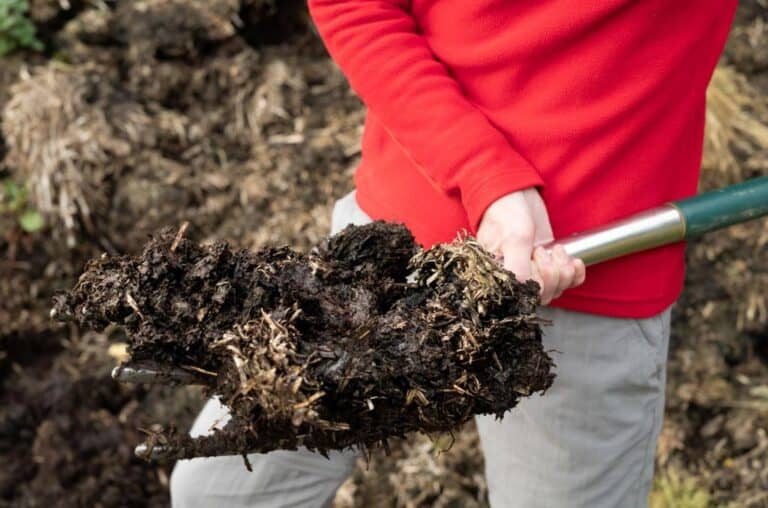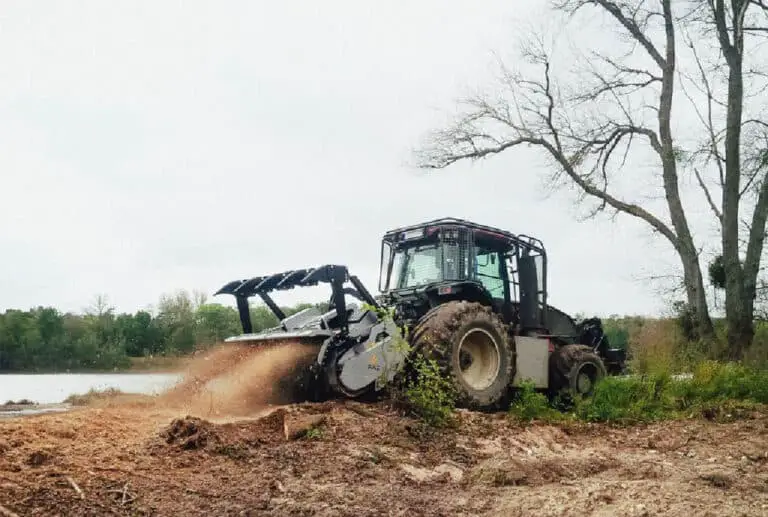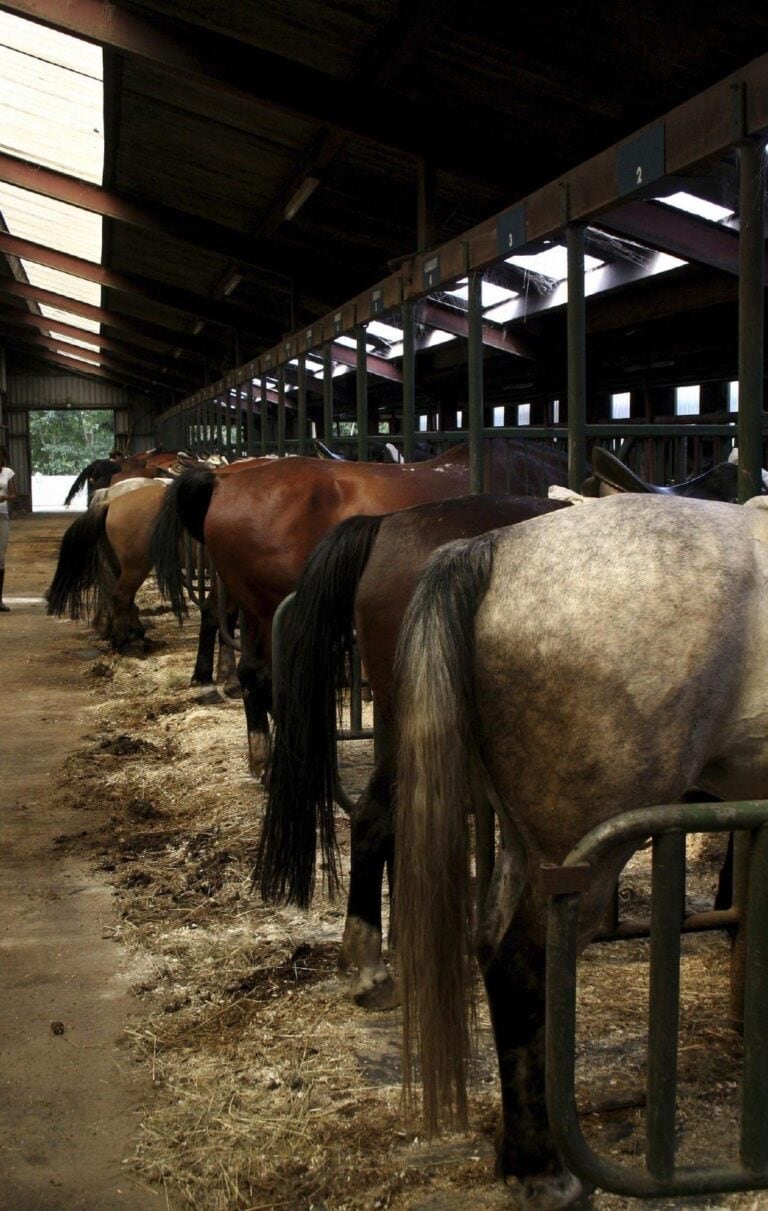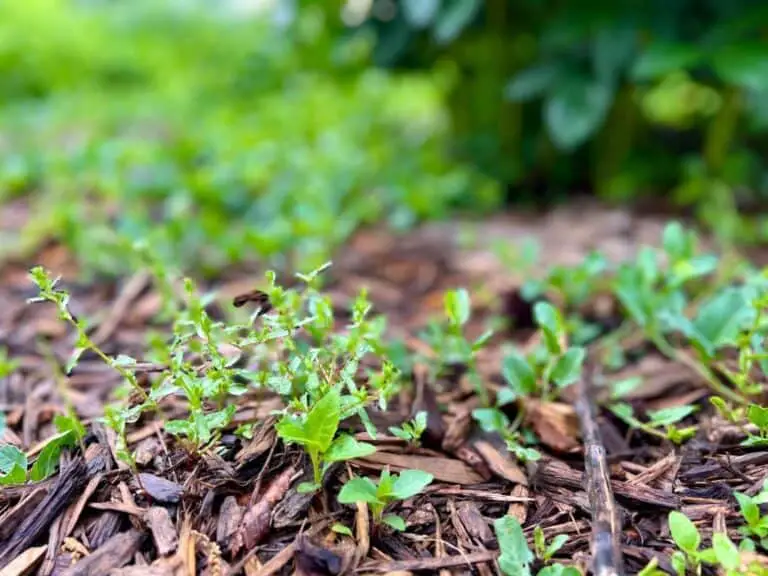Soil Sterilization by Heat: What Is Baking Soil Temperature?
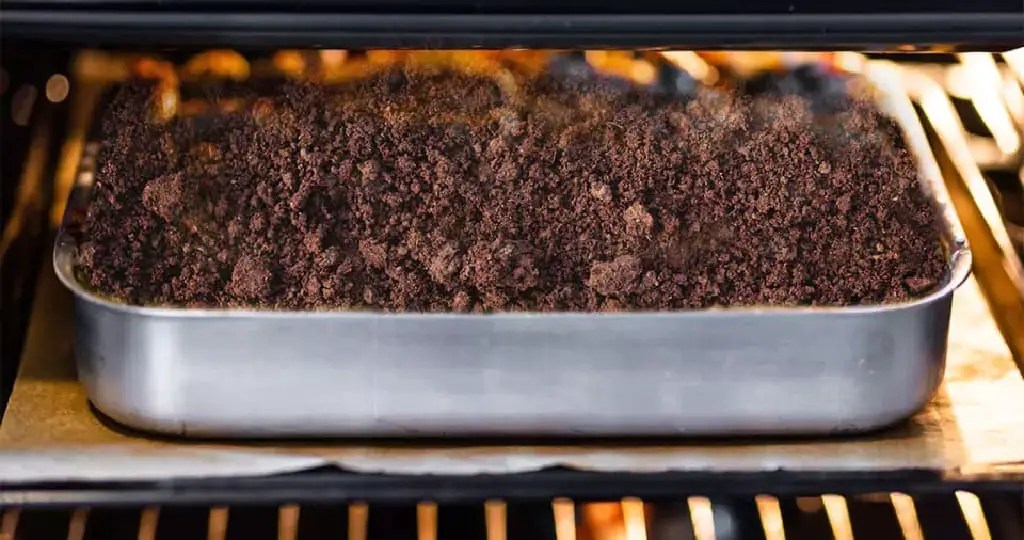
In the world of gardening and agriculture, soil health plays a crucial role in the success of crops and plant growth. One method to ensure soil purity and disease-free planting conditions is soil sterilization by heat. This technique has been used for decades to eliminate harmful pathogens and weed seeds that could impede the growth of plants. But the question arises, what is the optimal baking temperature for soil sterilization?
The optimal temperature for sterilizing soil in an oven is 180 to 200 degrees Fahrenheit (82-93 Celsius). Temperatures over 180 degrees Fahrenheit may cause burning.
In this article, we will explore the ins and outs of soil sterilization by heat, and delve into the science behind finding the right baking temperature for this essential process.
Understanding Soil Sterilization
Soil sterilization, a practice intricately tied to agriculture and gardening, involves the deliberate elimination of harmful pathogens, pests, and weed seeds from the soil. This process plays a vital role in creating a clean slate for successful cultivation. While the concept might evoke images of harsh chemicals, it encompasses a range of techniques that balance the need for pathogen control with preserving soil health.
Methods of Soil Sterilization:
Several methods are employed to achieve soil sterilization, each tailored to specific needs and circumstances. These methods include:
- Boiling Water: The application of boiling water to soil effectively eradicates pathogens and weed seeds. However, it’s more suitable for small-scale applications due to the labor-intensive nature of the process.
- Solarization: This method capitalizes on the sun’s heat by covering moist soil with transparent black plastic or transparant plastic. The trapped heat raises temperatures, eliminating pests and pathogens while maintaining soil structure.
- Steam Sterilization: Steam is used to sanitize soil without compromising its composition. It’s efficient for larger areas and is often used in commercial settings.
- Chemical Sterilization: Chemical agents can be employed to neutralize soil-borne pests and diseases. However, this method requires careful handling to prevent environmental damage.
- Flame Sterilization: By passing an open flame over soil, harmful organisms are killed. This method is more common in greenhouse settings.
- Baking Sterilization: Soil sterilization by baking soil until reaching certain temperatures in oven
While soil sterilization effectively eradicates threats, it’s crucial to strike a balance. Over-sterilization can harm beneficial microorganisms and disrupt the delicate balance of the soil ecosystem. Additionally, the choice of method depends on factors such as the scale of application, desired outcomes, and the specific plants to be cultivated.
Understanding soil sterilization equips gardeners and farmers with the tools to create a healthy environment for plant growth. By embracing these techniques judiciously, one can harness the benefits of pathogen control while preserving the intricate web of life within the soil.
Pros and Cons of Soil Solarization
Before you roll up your sleeves and reach for the oven mitts, let’s glance at a table summing up the pros and cons of this soil solarization technique:
| Pros | Cons |
| Environmentally friendly | Time-consuming |
| Reduced chemical usage | Requires careful temperature |
| Curbed disease and pest spread | monitoring |
| Weed control | Temporary high soil temperature |
With the fundamentals of soil sterilization now at your fingertips, you’re equipped to embark on your gardening journey with renewed confidence. Remember, it’s not just about planting seeds; it’s about cultivating a thriving ecosystem in your own backyard.
The Importance of Baking Temperature
Imagine you’re a scientist in your garden laboratory, adjusting the heat dial for this critical process. Too low, and the pests and pathogens may survive, lurking in the soil like unwelcome guests at a party. Too high, and you risk scorching the very foundation of your plant paradise – those microscopic helpers that aid in nutrient breakdown and root health.
To help you navigate this temperature tightrope, let’s break it down in a clear and concise table:
| Optimal Baking Temperature | Impact |
| Too Low | Ineffective sterilization |
| Just Right | Targeted pathogen removal |
| Too High | Harm to beneficial microbes |
Nailing the ideal baking temperature isn’t just a guessing game – it’s a blend of art and science. As you raise the heat, you tip the balance toward a thriving garden, free from the shackles of disease and unwanted growth.
So, before you don your gardening gloves, remember: the right temperature isn’t just about numbers; it’s about safeguarding your green haven through precision and understanding.
Factors Influencing Baking Temperature
Several factors come into play when determining the ideal baking temperature for soil sterilization:
- Target Pathogens and Weeds: Different pathogens and weed seeds have varying heat resistance. Understanding the specific threats to your soil will help you tailor the temperature accordingly.
- Soil Moisture Content: Wet soil conducts heat better than dry soil. Moisture in the soil helps distribute heat evenly, making it easier to reach the desired temperature.
- Soil Composition: Different soil types have different thermal properties. Clay soils, for example, retain heat better than sandy soils, which affects the baking temperature needed.
- Time of Exposure: Longer exposure to lower temperatures may achieve the same result as shorter exposure to higher temperatures. Balancing time and temperature is essential.
Table: Heat Resistance of Common Pathogens and Weeds
| Pathogen/Weed | Heat Resistance Temperature (in Fahrenheit) |
| Pythium | 140 – 160 |
| Fusarium | 160 – 180 |
| Verticillium | 160 – 180 |
| Root-knot nematode | 140 – 150 |
| Common weeds | 160 – 180 |
What Is Baking Soil Temperature?
Baking soil in the oven: The ideal temperature for sterilization is 180 degrees Fahrenheit. Temperatures over 180 degrees Fahrenheit may cause burning. Add approximately 3 inches of soil to an oven-proof container and bake at 180 to 200 degrees F (82-93 degrees C) for at least 30 minutes or until the soil temperature reaches 180 degrees F (82 degrees C)
Determining the Optimal Baking Temperature
To find the optimal baking temperature, consider the balance between efficacy and preservation of beneficial soil components. A temperature too low might not effectively eliminate all harmful agents, while a temperature too high could harm the soil structure and kill off essential microbes. Research and experiments are key to fine-tuning the baking temperature based on the factors discussed earlier.
Benefits of Soil Sterilization
Soil sterilization brings several benefits to gardening and agriculture:
- Disease Prevention: Eliminating harmful pathogens reduces the risk of plant diseases and ensures healthier crops.
- Weed Control: Soil sterilization helps curb weed growth, reducing competition for nutrients and water.
- Enhanced Germination: Seeds planted in sterilized soil have a higher chance of germination and successful establishment.
- Increased Yield: Healthy plants result in better yields, improving overall productivity.
- Reduction in Chemical Use: By avoiding chemical treatments, soil sterilization promotes organic and sustainable farming practices.
Advantages of Heat Soil Sterilization Compared to Other Methods
When it comes to clearing the stage for your garden’s grand performance, heat soil sterilization takes the spotlight with a show-stopping array of advantages. Imagine it as the superhero of soil prep, saving the day in ways that other methods can only dream of. Let’s roll out the red carpet and discover why heat sterilization reigns supreme.
1. Eco-Friendly Powerhouse
Bid farewell to the era of chemical warfare in your garden! Heat soil sterilization boasts a green approach, waving goodbye to harmful pesticides and chemicals that could send your soil’s harmony into a tailspin. By harnessing the power of heat, this method ensures a clean slate for your plants while keeping the environment’s well-being in mind.
2. Precision Strike
Picture this: a surgical strike against soil-borne foes. Heat sterilization zeroes in with sniper-like accuracy, zapping pathogens and pests that threaten to crash your garden party. Unlike some methods that might harm even the good guys, this technique gets the job done without collateral damage to the beneficial microbes that make your soil a thriving ecosystem.
3. Weed Whacking Extraordinaire
Weeds, beware! Heat sterilization isn’t just about pathogens – it’s a masterful weed control technique. Those pesky invaders that can turn your garden into a jungle? They don’t stand a chance. The heat blitz wipes out their dreams of taking over, leaving your plants to shine as the true stars of the show.
Here’s a quick side-by-side comparison, spotlighting heat soil sterilization’s triumph:
| Method | Heat Soil Sterilization | Other Methods |
| Environmental Impact | Eco-friendly | Chemical residues |
| Precision | Targeted pathogen removal | Potential harm to microorganisms |
| Weed Control | Effective against weeds | Limited weed control |
Are There Risks to Soil Structure When Using High Baking Temperatures?
As we turn up the heat in the pursuit of pristine soil, it’s important to shine a light on potential risks that high baking temperatures might bring to the table. Just like a double-edged sword, this method, while a powerful sterilization tool, can also wield unintended consequences that impact your garden’s foundation and nourishment. Let’s dive into the depths and unravel the risks.
1. Structural Shake-Up
Picture your soil as a bustling city, bustling with life. High baking temperatures can act as an earthquake, unsettling the well-organized structure that allows water, air, and roots to flow freely. This disruption can hinder root growth, water infiltration, and drainage, turning your soil into a less hospitable environment for your beloved plants. It’s like accidentally rearranging the furniture in your room – things may not work as smoothly afterward.
2. Nutrient Nosedive
Think of nutrients as the lifeblood of your garden. While heat sterilization nixes the bad guys, it can also take down some of the good ones – the nutrients that your plants rely on to flourish. High temperatures can speed up the breakdown of organic matter, robbing your soil of its nutritional richness. This means your plants might face a buffet with fewer choices, potentially impacting their health and growth.
Let’s break it down further with a concise table:
| Risk | Impact |
| Structural Disruption | Hindered water, air, and root flow |
| Nutrient Depletion | Reduced soil nutritional value |
Conclusion
Soil sterilization by heat is a valuable technique that fosters a healthy and thriving environment for plant growth. Understanding the importance of baking temperature and how it affects the soil’s health is crucial for successful soil sterilization. By conducting trials and using the information provided in this article, gardeners and farmers can strike the perfect balance between effectiveness and preservation, reaping the many benefits of this essential process. So, let’s get our gardening gloves on and ensure our plants flourish in a soil environment free from harmful pathogens and weeds!
FAQs on Heating Methods for Eliminating Harmful Microbes in the Soi
Can I sterilize soil at home using an oven?
Yes, it is possible to sterilize soil at home using an oven. However, caution should be exercised to ensure proper temperature control and avoid overheating, which could damage the soil structure and beneficial microorganisms.
Can soil sterilization eliminate all types of pathogens and pests?
While soil sterilization is highly effective against many pathogens and pests, it may not completely eradicate all types. Some heat-resistant organisms may survive, but their numbers are significantly reduced, minimizing their impact on plant health.
What precautions should I take to avoid over-heating and damaging the soil?
To prevent over-heating and soil damage, it is vital to conduct temperature trials, use precise temperature control methods, and monitor soil moisture levels. Additionally, ensuring the right baking time and adequate ventilation during the process helps maintain soil integrity.
Is soil sterilization a sustainable practice for long-term soil health?
Soil sterilization is effective for short-term disease prevention and pathogen elimination. However, it is not considered a sustainable practice for long-term soil health as it may negatively impact beneficial microorganisms and soil structure over time.
How does soil sterilization affect the availability of nutrients for plants?
Soil sterilization can temporarily reduce the availability of nutrients for plants by disrupting the soil’s microbial activity. However, it also decreases competition from pathogens and weeds, which can lead to improved nutrient uptake by plants in the long run. Supplementing with organic matter can help replenish nutrients during the initial stages after soil sterilization.

